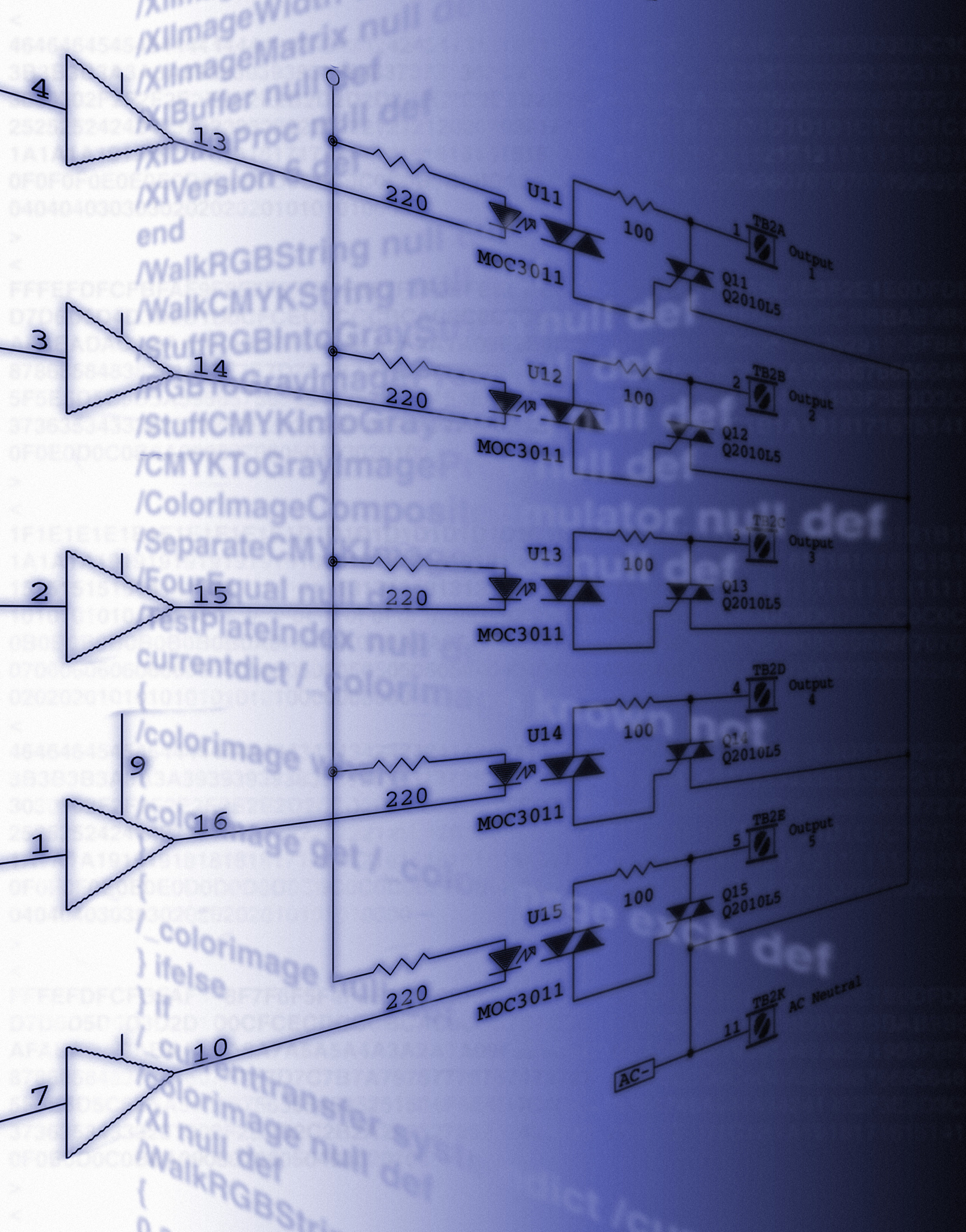使用python遗传算法计算海水深度数据附件xlsx是若干年前某海域南北长 5 海里、东西宽 4 海里单波束测量的测深数据现希望利用这组数据为多波束测量船的测量布线提供帮助。在设计测线时有如下要求:1 沿测线扫描形成的条带尽可能地覆盖整个待测海域;2 相邻条带之间的重叠率尽量控制在 20 以下;3 测线的总长度尽可能短。在设计出具体的测线后请计算如下指标:1 测线的总长度;2 漏测海区占总待测海域
首先,我们需要读取海水深度数据,并将其转换为二维数组表示。
import pandas as pd
# 读取海水深度数据
data = pd.read_excel('附件.xlsx', header=None)
# 转换为二维数组
depth_data = data.values
接下来,我们可以使用遗传算法来设计测线。首先,我们需要定义适应度函数,该函数用于评估测线的优劣。在本问题中,适应度函数应包括以下三个指标:测线总长度、漏测海区占总待测海域面积的百分比和重叠率超过 20% 部分的总长度。
import numpy as np
# 定义适应度函数
def fitness_function(solution):
# 计算测线总长度
total_length = np.sum(solution)
# 计算漏测海区占总待测海域面积的百分比
missed_area = np.sum(depth_data * (1 - solution))
total_area = np.sum(depth_data)
missed_area_percentage = missed_area / total_area * 100
# 计算重叠率超过 20% 部分的总长度
overlap = np.maximum(0, np.sum(solution) - np.sum(np.minimum(1, solution)))
overlap_length = np.sum(depth_data * overlap)
return total_length, missed_area_percentage, overlap_length
接下来,我们需要实现遗传算法的主要步骤:初始化种群、选择、交叉、变异和进化。
import random
# 初始化种群
def initialize_population(population_size, chromosome_length):
population = []
for _ in range(population_size):
chromosome = [random.randint(0, 1) for _ in range(chromosome_length)]
population.append(chromosome)
return population
# 选择
def selection(population, fitness_values):
total_fitness = sum(fitness_values)
probabilities = [fitness / total_fitness for fitness in fitness_values]
return random.choices(population, probabilities)
# 交叉
def crossover(parent1, parent2):
crossover_point = random.randint(1, len(parent1) - 1)
child1 = parent1[:crossover_point] + parent2[crossover_point:]
child2 = parent2[:crossover_point] + parent1[crossover_point:]
return child1, child2
# 变异
def mutation(chromosome, mutation_rate):
for i in range(len(chromosome)):
if random.random() < mutation_rate:
chromosome[i] = 1 - chromosome[i]
return chromosome
# 进化
def evolve(population, fitness_values, elite_size, crossover_rate, mutation_rate):
new_population = []
# 保留精英个体
elite_indices = np.argsort(fitness_values)[-elite_size:]
new_population.extend([population[i] for i in elite_indices])
# 生成新个体
while len(new_population) < len(population):
parent1 = selection(population, fitness_values)
parent2 = selection(population, fitness_values)
child1, child2 = crossover(parent1, parent2)
child1 = mutation(child1, mutation_rate)
child2 = mutation(child2, mutation_rate)
new_population.extend([child1, child2])
return new_population
最后,我们可以使用上述函数来设计测线,并计算测线的总长度、漏测海区占总待测海域面积的百分比和重叠率超过 20% 部分的总长度。
# 参数设置
population_size = 100
chromosome_length = depth_data.shape[0]
elite_size = 10
crossover_rate = 0.8
mutation_rate = 0.01
max_generations = 100
# 初始化种群
population = initialize_population(population_size, chromosome_length)
# 迭代进化
for generation in range(max_generations):
# 计算适应度值
fitness_values = [fitness_function(solution) for solution in population]
# 选择、交叉、变异
population = evolve(population, fitness_values, elite_size, crossover_rate, mutation_rate)
# 输出当前最优解
best_solution = population[np.argmax(fitness_values)]
best_fitness = np.max(fitness_values)
print("Generation:", generation, "Best Fitness:", best_fitness)
# 计算测线的总长度、漏测海区占总待测海域面积的百分比和重叠率超过 20% 部分的总长度
best_solution = population[np.argmax(fitness_values)]
total_length, missed_area_percentage, overlap_length = fitness_function(best_solution)
print("Total Length:", total_length)
print("Missed Area Percentage:", missed_area_percentage)
print("Overlap Length:", overlap_length)
请注意,以上代码仅为伪代码,具体实现可能需要根据实际情况进行调整。此外,遗传算法的性能可能受到参数设置的影响,因此可能需要进行参数调优以获得更好的结果。

原文地址: https://www.cveoy.top/t/topic/i2Gp 著作权归作者所有。请勿转载和采集!